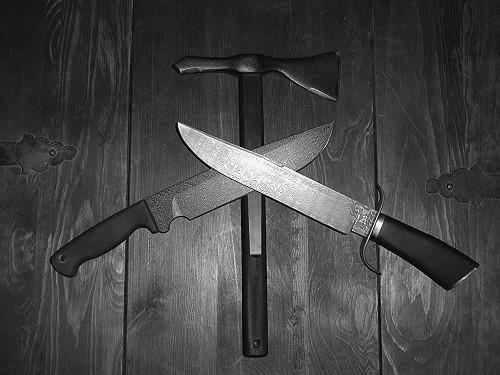Speaking about training... Meditations on a 7 second KO.
Two very good boxers in the 178 lbs class square off. The blue corner gets busy right away and starts jabbing the red corner. Red corner ducks and starts bobbing. Blue misses a head shot and red comes up with a left hook that KO's blue! Blue was maybe 10 punches in! It was the only punch that red threw!
While stories like this are nothing new (Liston/Ali fight), it reiterates a very important point:
Superior position, attack placement and timing are generally easier to achieve and a better bet than raw strength, raw speed, or endurance alone.
- Positioning meaning body positioning in relation to adversary. (Not arm position, weaver, etc.)
- Attack placement meaning where you hit -"speed is fine, accuracy is final" - the hook from the first match described illustrates this.
- Timing meaning when you can get inside of the OODA loop of the adversary and take mental advantage.
To further illustrate, my friend Miguel lost his fight in the 2nd. The ref gave him a standing 8 count and then called it after Miguel seemed dazed. Miguels errors were twofold:
1.) Lack of movement - Miguel is a "stand and deliver" kinda stoic Mexican guy. He hardly moves his head and moves his feet very little. Instead of controlling distance and, thereby controlling position, he "parks" his ass near the opponent and tries to pound 'em.
2.) Lack of forcing his "game" or "style" onto the opponent - Again, the opponent had much weaker punches, but controlled the distance and kept breaking Miguel's OODA loop.
So, how does this all tie into training? Simple. Realize that there will always be something that you are doing that will be wanting. Go with the strengths and figure out how to cope with your potential shortcomings - a good coach helps here a lot unless you can be very self-critical without stiffling your progress. Work on fundamentals, like positioning, placement, and timing.
This isn't to say that keeping in shape is a wasted pursuit, but rather that if you can only work on a few things per day, work on the things that pay divideds rather than physique alone.
